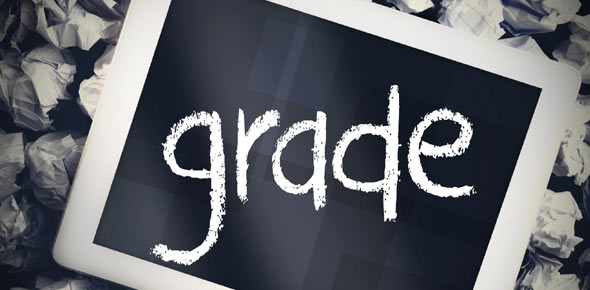Cards In This Set
| Front | Back |
|
Feed Dogs
|
The "teeth" under the plate on the sewing machine that move fabric as it is sewn.
|
|
Hem
|
Fabric that it turned up on the lower edge of a garment or sleeve to provide a finished edge. Often extra fabric is left in the hem with children's clothing to allow for growth
|
|
Needle
|
Sewing machine needles come in a variety of sizes and types - ball point and sharps are the two major categories. Ball point is used for knits and regular sharp needles are used for nonstretch fabrics. There are also all purpose needles, but it is recommended that you use ball point or regular rather than all purpose. There are wing needles, wedge needles, needles of varying sizes and shapes, as well as twin needles for some fancier stitching.
|
|
Pins
|
Pins are used for temporary basting of fabric. They are used to hold patterns in place while cutting and to hold fabrics together while stitching (it is not recommended to machine sew over pins as they have been known to break your sewing machine needle, jam the machine, or cause other problems). Often, large safety pins are used to baste quilt layers before the final quilting. Care should be taken to use a pin that will not leave a large hole and to not leave pins in fabric too long; they could cause stains where they touch the fabric.
|
|
Presser Foot
|
The part of the sewing machine that holds the fabric in place as it is being sewn and fed through by the feed dogs. Specialty feet such as zig zag, buttonhole, cording, blind hem, and others are often included with a sewing machine upon purchase and are best learned by consulting the sewing machine manual.
|
|
Seam
|
The result when two pieces of fabric are sewn together along a line.
|
|
Seam Allowence
|
The fabric between the edge of the fabric and the line of stitching, about 5/8" for most patterns. (Craft patterns often allow 1/4" seam allowance.)
|
|
Seam Ripper
|
Your best friend in the sewing room. It is a tool with a small hook on one end that can slip under a stitch and get close enough to it to cut the stitch. I personally have learned as much about sewing with my seam ripper as I have with making stitches by hand or machine.
|
|
Thread
|
A complementary or like thread is chosen for garment or project construction on a machine. The bobbin should be wound of the same type of thread or the exact same thread whenever possible, to prevent knotting, bunching, etc. The first step for most sewing machine trouble shooting is to change the thread and needle. When hand sewing with one thread, cut the end of the thread that is nearest to the spool before tying a knot in the same end. This will prevent ravelling and knotting.
|
|
Bias
|
Runs diagonally to the straight grain of the fabric. This is the stretchiest part on the fabric.
|





